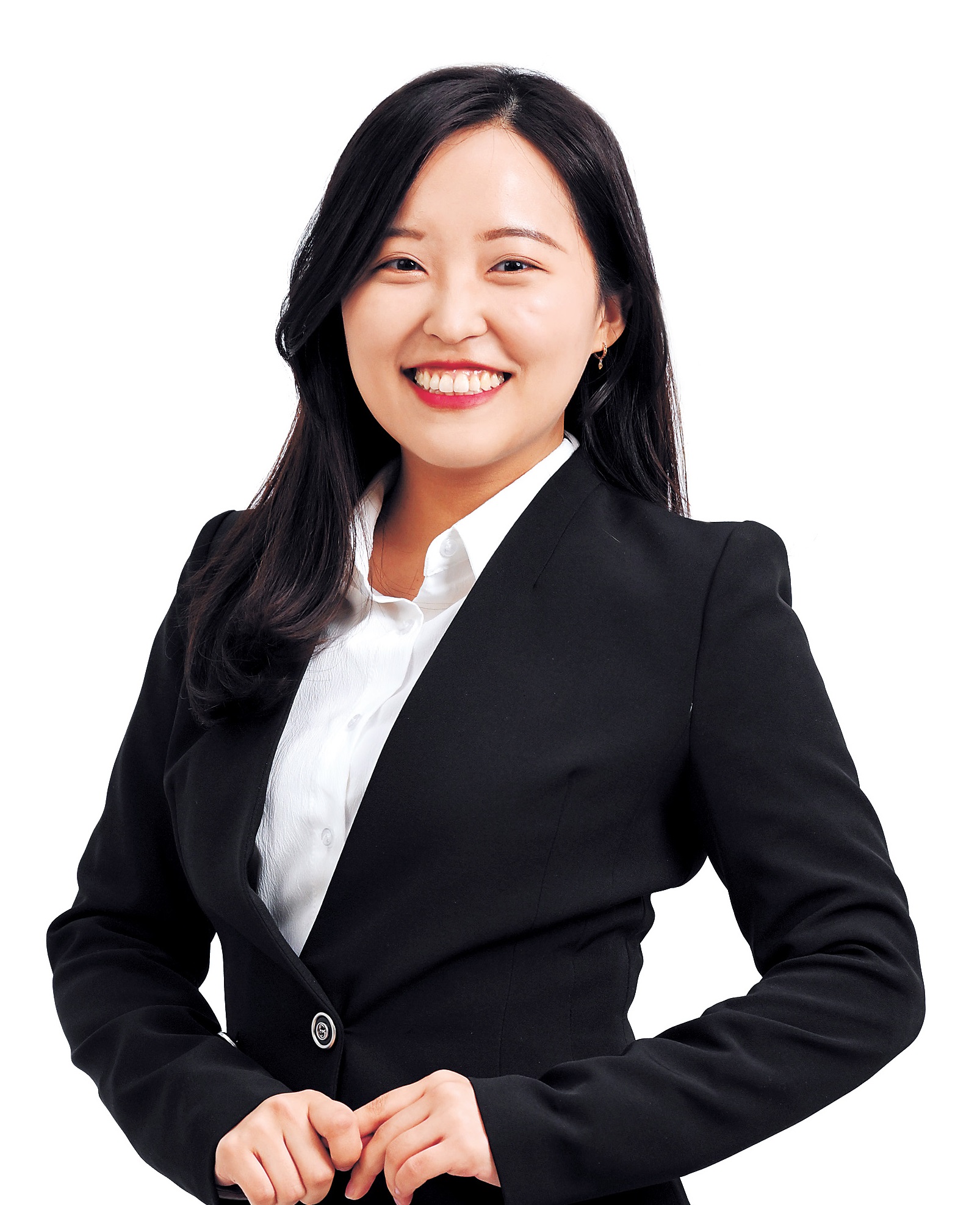
Only half of South Korea's adult population is willing to get married, with fewer than half expressing intentions to have children in the future, according to the Presidential Committee on Ageing Society and Population Policy on Sunday.
The presidential committee shared findings from a survey conducted by the Korea Institute for Health and Social Affairs, which polled 2,000 respondents aged between 19 and 49 in August last year.
The survey revealed that among the 1,059 unmarried respondents, 51.7 percent expressed intentions to marry in the future. Some 24.5 percent of such respondents answered that they “do not intend to get married in the future,” while 19.1 percent answered that they “have not decided yet.”
By gender, more male respondents were willing to get married than female respondents, as 56.3 percent of males answered that they were willing to get married, while 47.2 percent of females answered that they were willing to do so.
By age group, the percentage of those willing to get married gradually increased when respondents were in their 20s and 30s.
The highest number of respondents willing to get married were aged between 30 and 34 at 58.7 percent, and this percentage began to decrease for respondents aged 35 and above.
When all 2,000 respondents were asked if they were willing to have children, the highest number of respondents answered that they “do not intend to give birth,” at 46 percent.
Only 28.3 percent of respondents answered that they are willing to have children. However, among the respondents who were married, 46.5 percent of them answered that they are “thinking of having children” while 24.7 percent replied that they are “not going to have children.”
Among the respondents who were married and had at least one child, a large majority of the respondents answered that they were not willing to have more children at 76.1 percent.
An overwhelming majority of 93.9 percent of survey respondents also answered that the decline in total birth rates is a “social problem,” with most of the respondents citing the “difficulty in combining work and childcare” as the cause of the decline in birth rates.
Another report, released by the Korean Women’s Development Institute, highlights the significant caregiving burden shouldered by women, even in double-income households, where they spend an average of 11.69 hours per day caring for their children.
According to the report "Study on the Reorganization of Social Care from a Gender Perspective," this exceeds the 7.76 hours contributed by childcare centers like daycare and kindergartens, the 4.71 hours contributed by fathers, and the 3.87 hours contributed by the child’s grandparents.
The total number of hours put in by the child’s mother for childcare was around 2.5 times more than the number of hours put in by the child’s father, according to results found by the institute after breaking down the parents’ day into 30-minute chunks and analyzing how working parents care for their children before and after work.
The KWDI concluded that the burden of childcare before and after work mostly fell on the mother, as mothers provided 60 to 80 percent of care for children between 6 a.m. and 8 a.m. while fathers put in 10 percent during the same period.
As the workday progressed, the burden of childcare shifted to childcare centers or the child’s grandparents but went back to the child’s mother at the end of the day. As of 6 p.m. on a weekday, the share of childcare was distributed as 55.2 percent for the child’s mother, while only 20.2 percent went to the child’s father.
“The care of infants and young children, regardless of whether they are working or not, is predominantly provided by the child’s mother, clearly indicating gender inequality in the division of childcare,” said KWDI in its report.
“To alleviate the burden of care concentrated on mothers, the working environment must be structured to allow both childcare and work to balance out on each other and a reliable level of public care should also be established.”











![[Kim So-hyun] The quiet taxi driver from Paris](http://res.heraldm.com/phpwas/restmb_idxmake.php?idx=644&simg=/content/image/2024/04/25/20240425050891_0.jpg&u=)







